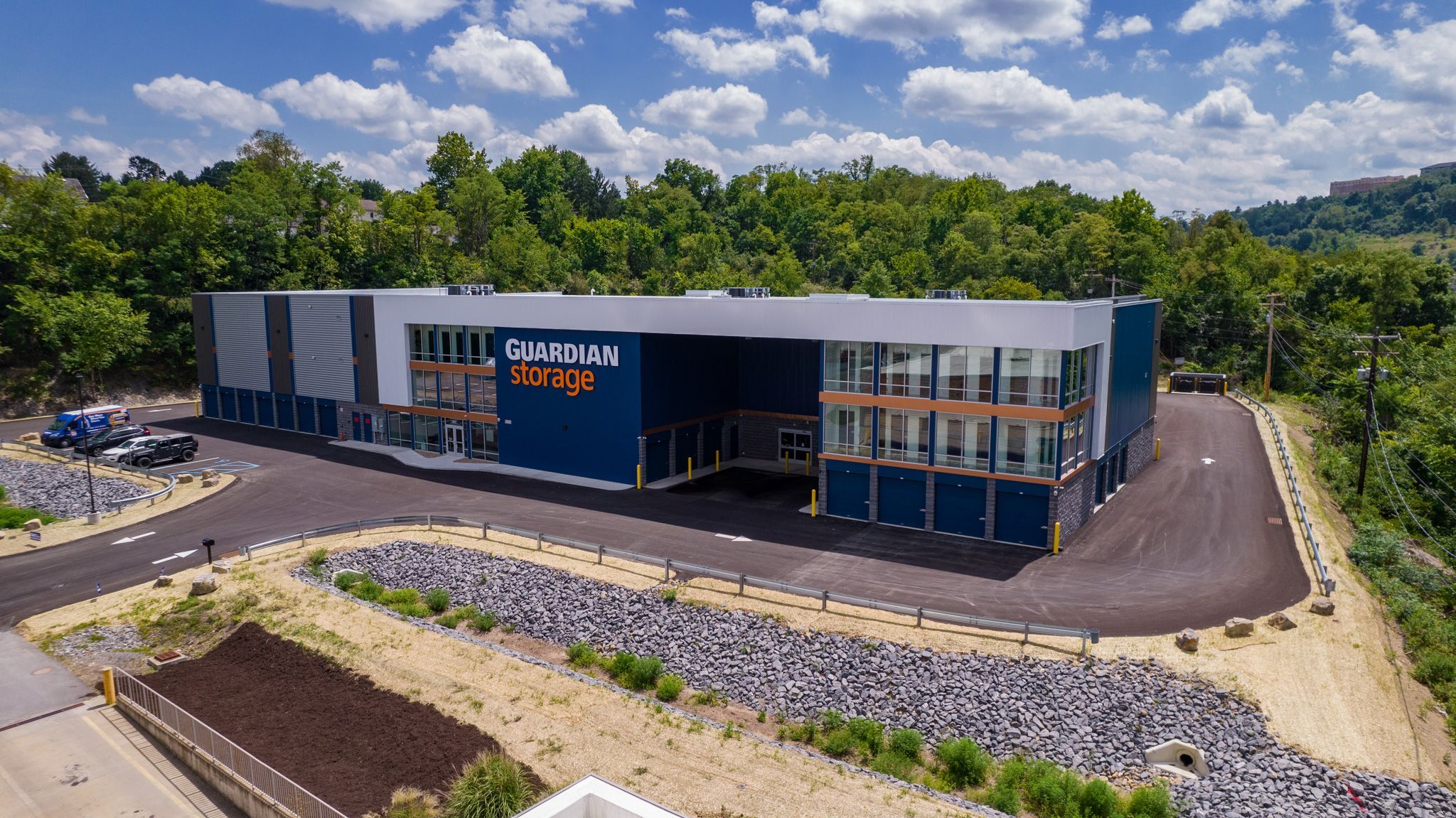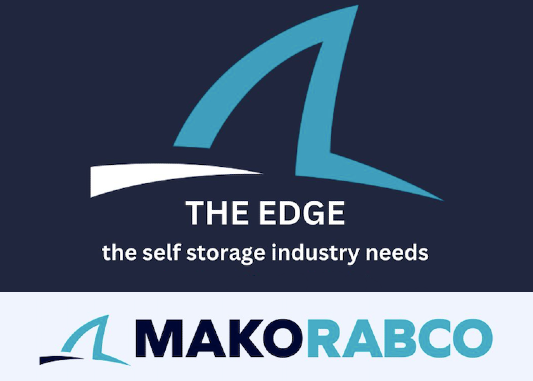Development Delusions: Five Misconceptions About Self-Storage
Self-storage development has taken on a life of its own, particularly after the Great Recession. Gone are the days when a mom-and-pop operator could buy a piece of land on a high-traffic area in town, construct some metal buildings, hang a sign, and wait for the income.
There’s still money to be made in self-storage development; the industry has grown to a $43.34 billion market in the U.S. However, as new investors enter the industry, many are missing the mark on what it takes to develop a successful self-storage facility, which is costly to the developer and may even create insurmountable issues for the development.
In 2022, there were approximately 1,555 completed self-storage developments that added 41.2 million square feet of rentable space to the industry. It’s unknown how many developments were abandoned at various stage due to misconceptions about where, when, and how to build a successful facility.
Misconceptions about development are many and range from what type of land is required to navigating the nuances of local government. According to experts, here are five of the leading misconceptions about self-storage development:
1. Build it and they will come.
As previously stated, building self-storage used to be a simpler venture, starting with having a plot of land in a high-traffic area. However, it’s more important than ever to perform due diligence to ensure the facility will eventually pencil.
First, one must identify a piece of property. A piece of land may look perfect for self-storage but have hidden issues. Gerrit Van Maanen, director of development for Spartan Investment Group in Golden, Colo., says the most important thing for land placement remains fundamental location, location, location. “You want to look for frontage and traffic counts. While marketing is as sophisticated as ever, nothing will beat a well-located facility.”
Also in the land acquisition process, Weyen Burnam, global director of real estate for StorageMart in Columbia, Mo., says you should ensure the land has complete surveys that show entitlements, setbacks, and current access, all of which may have implications for the site. One major thing to be aware of are environmental concerns. “There are more conversions now using older buildings that had previous uses,” says Burnam. “You should include a historical search on the land and an environmental search.”
In one extreme case outlined previously on a development profiled in Messenger, a late environmental discovery on an urban piece of property that once hosted a gas station led to a major unplanned remediation, which cost the developer unplanned expenses and time.
Once it’s determined if the land will work for self-storage, you must next determine if the project is financially feasible. A feasibility study should include:
- Land acquisition cost and the amount of land
- Zoning requirements for the land and what hurdles, if any, there may be with local government
- A summary of the town/city/jurisdiction in which the land is located
- A demographics analysis, which includes households, income, and other major demographic information typically within a three-mile radius
- Competition in the area should be fully evaluated
- Financial model and assumptions
- Capital expenditure sheet
- Design
- Maps, including an official zoning map of the area
- Capital expenditure schedule
Todd Amsdell, president/CEO of Cleveland, Ohio-based Amsdell Companies, which operates facilities under the Compass Self Storage name, says among the most important things such a study will show is what to include in the project. “The market is changing rapidly due to all the bells and whistles, and a developer must not only know what property is going to work but what amenities prospective tenants in an area are willing to pay for,” he says. “You need to decide on what your return on investment is you will get out of new features. If people aren’t willing to pay for the amenities, it will hurt you.”
The next step is a proforma.
2. Getting my project through government will be a piece of cake.
Any developer who has built a self-storage project within the past decade can tell you governments have always been a major hurdle to overcome, but the hoops many government entities are making developers jump through now are bordering on the absurd.
“Hurdles exist today that didn’t exist 15years ago; people would be shocked by some of the things we have to go through with governments. We’re dealing now with a whole spectrum of architectural requirements,” says Amsdell, “from the number of windows a facility has to whether the facility will be carbon neutral.”
Amsdell says one of the most egregious examples is one of their most recent
projects in which the government even inserted itself in dictating the number of climate-controlled and drive-up units, the type of high security and landscaping, as well as the architectural requirement that the facility match the surrounding neighborhood. “We fought them on some of it, but it was something we had never seen in self-storage development,” he says. “It’s the most expensive project we’ve built to date.”
The key to dealing with local government is to meet with them “early and often,” Burnam says. Dealing with the local government is part of their due diligence process; if the government says there is a local neighborhood association, they also meet with them. “We usually don’t even close on a property anymore unless we have all the pieces in place with the government and the neighborhood,” says Burnam.
3. The project will be finished on time and on budget.
“Anytime you do a feasibility study, it is an initial projection, but you must absolutely do it. Just know your project will always cost more and take longer than initially projected,” says Ann Parham, CEO of Joshua Management, a subsidiary of The Parham Group in Bulverde, Texas.
The reasons for this can include acts of nature that can delay projects to material costs being driven up due to a global pandemic. “We had an issue with suppliers on the building side,” says Adam Pogoda, president of Pogoda Companies in Farmington Hills, Mich. “The company shipped the buildings but not the doors, which isn’t normal for this company, but that’s an example of something on the supply side taking way longer than expected.”
The delay in delivering the supplies caused a delay on the inspections, which put the project back several weeks. Developers must always be willing to look at their design and see if it can be adjusted due to rising costs. “We had one project in which concrete more than doubled and we had to make adjustments to the design,” says Pogoda.
It’s advisable to be very cost conscious from the beginning of the project and project for higher labor and construction costs.
4. The market will remain the same as it was when I did my due diligence.
One thing about the self-storage market is that it is constantly changing, and development is taking longer than ever.
“Consumer demand is always changing,” says Anne Mari DeCoster, president of Kingdom Self Storage Partners and Self Storage Investing in Scottsdale, Ariz. “Consumer behavior is also changing. Millennials are now our biggest market, and the frequency of their visits to the facility has also increased, and how they receive information has changed.” In short, you must keep up on the current trends in your area, your competition, and what is coming on line as you develop.
5. I won’t need an exit strategy.
No one wants to plan a facility only to have to drop the idea, but DeCoster says it’s important after you’ve done all your homework to still have an exit strategy.
“If the market changes so much that the project will no longer pencil, what will you do if you have to sell before you are able to break ground?” she asks. “Always, always, keep an early exit plan in mind.”
–
Kerri Fivecoat-Campbell is a freelance journalist based in the Ozark Mountains. She is a regular contributor to Messenger. Her business articles have also appeared in Entrepreneur, Aol.com, MSN.com, and The Kansas City Star.
More Content
Popular Posts
The self storage industry is in a precarious...
Like its name implies, Surprise, Ariz., a...
Joe Shoen has had enough.
Joe Shoen, CEO of U-Haul, has had enough.
In a record-breaking deal finalized May 12,...
Senate Bill 709 (SB709) has many in the...
Donald Trump has just reclaimed the White...
Self-storage operators wear a lot of hats....
The question of “abandonment” of stored...
Self-storage software is no longer...
Recent Posts
Occupancy data is arguably the hardest data...
With a commanding presence at 3517...
When Neville Kennard left for a work trip to...
Self-storage software is no longer...
The self-storage industry continues to...
Fires in California. Tornadoes in Kansas....
From policy pivots in Ottawa to tariff...
Self-storage operators have struggled to...


















